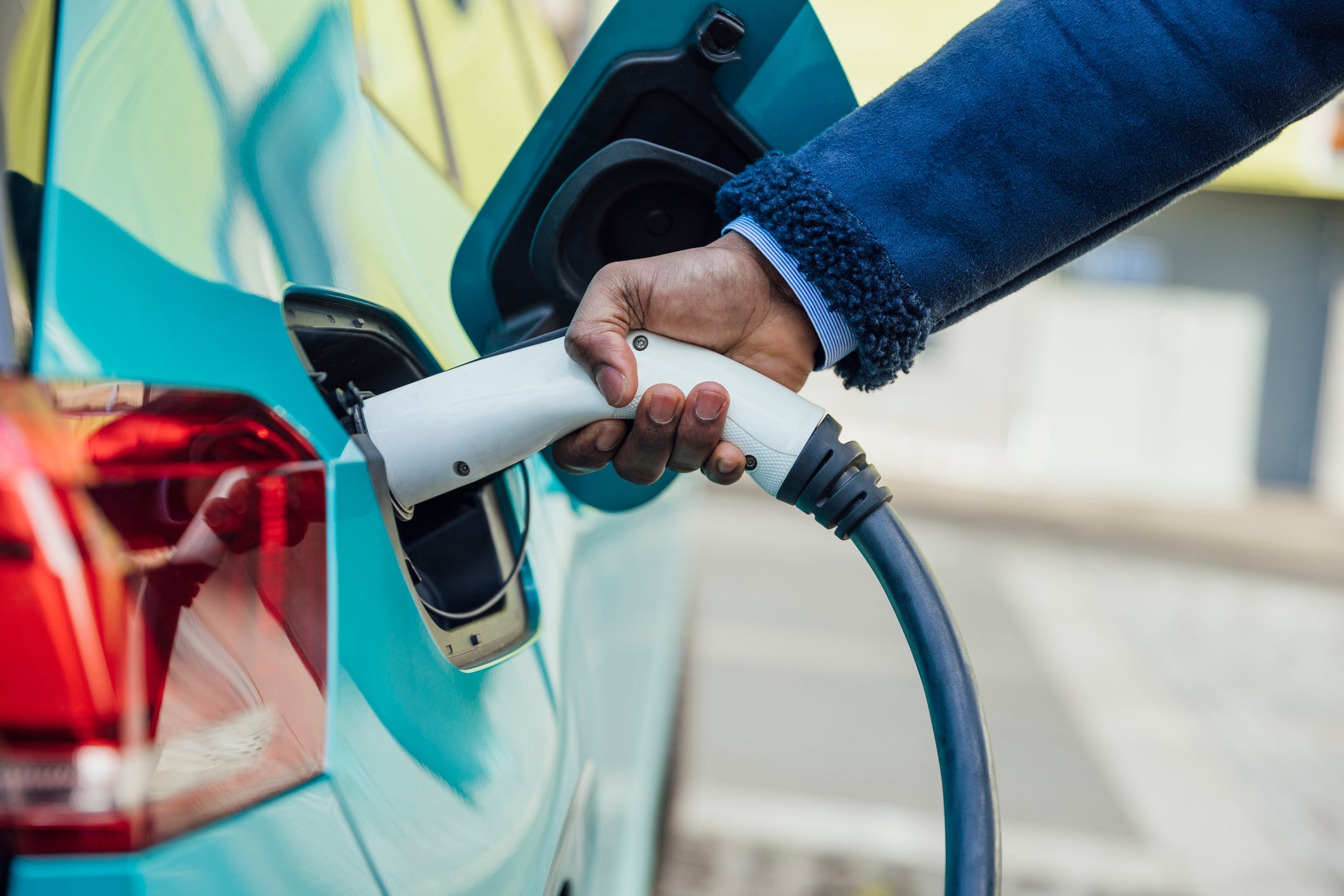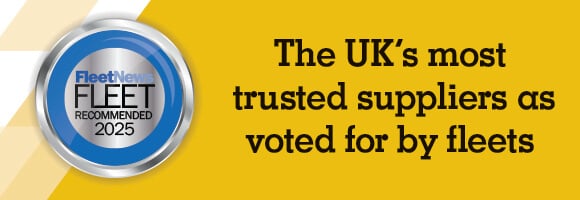By Ben Thompson, managing director of EV and Energy at Radius
Electric vehicle (EV) charging has been a hot topic in the UK in recent months.
From Government legislation such as ultra-low emission zones, questions around cost benefits, to innovative methods of increasing EV charging infrastructure, there is no shortage of talking points when it comes to EVs in the UK.
Boosting EV adoption could be the answer to reducing emissions and reaching net zero targets for fleet managers. But what is standing in the way of fully embracing EVs?
Issues from range anxiety, fear of running out of charge between destinations, and a lack of confidence in the UK charging infrastructure are on the minds of employees.
And recent headlines reporting on missed targets for deploying EV charge points near motorways are making matters worse. So, fleet managers must think carefully about the best EV charging options for their fleets to put employee drivers’ minds at rest.
With traditionally powered vehicles, the choices of how businesses should fuel up were simple. But when it comes to EVs, there is a lot more to think about.
The range of options available all have different costs, pros, and cons. In reality – each fleet will need to deploy several charging solutions in different quantities depending on their needs.
A myriad of charging solutions

From on-road charging to on-premise solutions, fleet managers have a myriad of options at their fingertips. Understanding both the pros and cons of each will be key to making the right decision and adoption the best EV charging strategy for their fleet.
Charging at home
Using at home charging points is quickly becoming the most common of all the EV charging options. This is no surprise given the major cost benefits.
Charging overnight when demand for energy is much lower dramatically lowers energy costs. So, drivers can wake up to a fully charged vehicle for a fraction of the price.
Of course, this is not as simple for homeowners who do not have a designated parking space. But there are ways around this, with the government putting rules and regulations in place to ensure all newbuilds can include an EV charger.
Fleet managers may wonder how they can encourage EV adoption through these at home charge points.
One solution is reimbursing employees for the electricity used to charge EVs each month to incentivise EV adoption.
Charging at the workplace
Charge points at the workplace are another viable option for fleet managers.
For employees, having another location to charge their vehicles may make them more likely to adopt EVs - especially as businesses can offer cheaper rates compared to on-road charge points.
The additional source of potential revenue for the business is another major benefit of this option. As employees may pay to charge at work, this revenue can be reinvested back into the business to further improve the EV charging solutions.
The charge points are also often easily scalable, so businesses can adopt at their own pace.
Businesses can implement charge points in a way that is most effective for them and build on their workplace charge network over time.
It is important that fleet managers investing in these workplace charge points are prepared for an initial upfront cost, especially when investing in more expensive DC units (fast charging).
However, there are grants available to help out, like The Workplace Charging Scheme which provides up to £350 per socket.
Charging on the road
On-road charging means any EV charger on public property. With over 53,000 charge points across the UK, drivers can charge on the go almost wherever they are across the country.
This option is useful for fleet managers who may not have the initial budgets to implement workplace charge points on-site but are still keen to implement EVs.
The downside is that charging at these sites is often more expensive per mile. In action, on-road charge points cost around 18p per mile - quite a jump from the much more affordable 2.5p per mile cost of charging at home.
Charging on the road also cuts into driving time for fleets, reducing productivity.
In an ideal world, on-road chargers should be seen as a last resort, useful for top ups between destinations but not used as the first port of call.
Time to make a decision
The right EV charging solution will vary depending on the needs of each individual fleet.
It can be an overwhelming decision, given that the options have pros and cons. But fleet managers are not alone.
Software solutions can help bring together all the diverse charging behaviours into a single place, to give oversight of the true and total cost of charge while also handling payments.
Experts in EVs and charging can be a major help to provide guidance that supports business-specific requirements and advise on the best software solutions to help manage their EV charge points.


















Login to comment
Comments
No comments have been made yet.